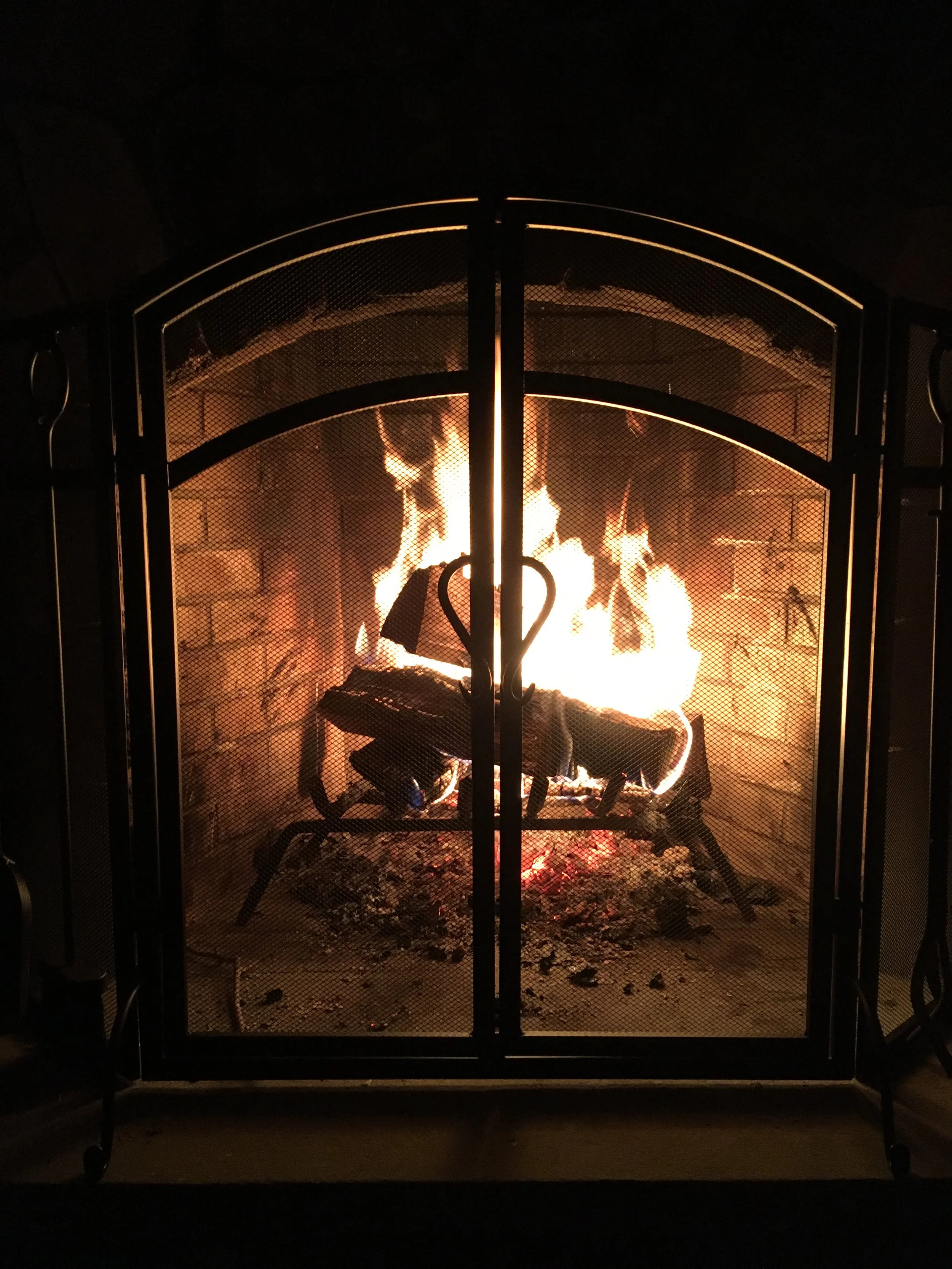Fireplace Safety and Instructions
The fireplace is available for seasonal use from October – April. Do not use the fireplace May – September. Please note that the outdoor fire pit is not permitted and unavailable for anyone to use.
If you plan on using the fireplace, please read the safety instructions. The tenant is responsible for all damages that occur from using the fireplace.
Safety Tips
- Before use, inspect the fireplace to make sure the smoke ducts and chimney are clear.
- Be certain the damper or flue is open before starting a fire. Keeping the damper or flue open until the fire is out will draw smoke out of the house. The damper can be checked by looking up into the chimney with a flashlight or mirror. Do not close the damper until the embers have completely stopped burning.
- Make sure the area around the fireplace is clear of anything that is potentially flammable (ie: furniture, drapes, newspapers, books, etc.). If these items get too close to the fireplace, they could catch fire.
- Communicate to children about the dangers of fires and the heat generated from them.
- Never use flammable liquids, coal, or charcoal to start or re-light a fire. If using artificial logs, which are made from a combination of sawdust or wood particles and wax, follow manufacturer’s instructions carefully. They burn differently and have different safety requirements than real wood.
- Beware that using cardboard, wrappings, and other trash can lead to toxic fumes in the property.
- Building and maintaining a small fire produces less smoke and risk of damaging fire. Do not overload the fireplace which can lead to dangerous overheating of walls or roof materials.
- Always use the grate to build the fire.
- Keep the fire screen up to prevent embers from escaping and harming the property or people.
- Ashes should be soaked and disposed of in the metal trashcan in the basement. Never dispose hot ashes, embers, etc. in regular trash or in the woods/outside.
- Clean out ashes from previous fires. Levels of ash at the base of the fireplace should be kept to 1 inch or less because a thicker layer restricts the air supply to logs, resulting in more smoke.
- Never leave a fire in the fireplace unattended. Make sure it is completely out before going to bed or leaving the house. If you leave the room while the fire is burning or the fireplace is still hot, take your small child with you.
Building a fire (adapted from The Art of Doing Stuff Good)
- Open the flue. It is an odd system that requires you to put your hand and head into the fireplace to make sure it’s open properly. THIS MUST BE DONE BEFORE BUILDING A FIRE.
- Collect newspaper, kindling, and smallish pieces of wood. A lighter and matches are on the mantel above the fireplace.
- Roll your newspaper up medium tight. If it’s too loose it’ll burn too quickly and go out before the kindling can catch on fire. If you roll it too tight there won’t be enough oxygen inside it to keep it burning and it’ll go out before the kindling can catch on fire. 1 full sheet of regular sized newspaper per roll. Double up if you’re using smaller newspaper like that from a flyer. The paper rolling is the most important part of the whole process.
- Lay a row of 4 or 5 pieces of long kindling across the paper. Keep the pieces of kindling close enough to each other that when they start to burn the flames will touch the adjacent piece of kindling. Don’t put the kindling so close that it’s touching the other piece of kindling. Again, the wood needs oxygen around it to burn and if it doesn’t have that it won’t ignite.
- Lay another row of shorter kindling across the longer kindling. The only reason some kindling is longer and some is shorter is because fireplaces are normally much wider than they are deep.
- Lay two long pieces of wood (not HUGE pieces) across the kindling.
- Lay 2 or 3 shorter pieces of wood on top.
- Top your fire with 1 or 2 larger pieces of wood.
- Light a roll of paper and quickly shove it under the grate. The lit roll will ignite the other paper rolls. This will ignite the kindling, which will then ignite the logs within 3-5 minutes.
Cleaning out the fireplace
- There is an ash bucket and medium shovel in the basement next to the metal trashcan. Bring these upstairs.
- Make sure that the ashes are cool and there are no signs of smoke or embers. If there is, move the ashes around with the shovel and wait to clean.
- When cooled, use the medium shovel or shovel on the screen to scoop ashes into the ash bucket. When most of the ashes are clear, use the broom and shovel to sweep and clean last ashes and dust.
- Sprinkle water over the ashes to be safe. If you hear sizzling or smell smoke, put the ash bucket outside, away from the deck and any brush.
- If there is no more sign of hot embers or ash, dispose of ashes in bucket into the metal trashcan in the basement.
Closing the flue
- Do not close the flue until the fire is out and ashes/embers are cooled.
- If the metal is still hot, you can use the hook/poker to close the flue. This requires some jiggling and finagling.
- If the flue is not closed, the house can dip to dangerous temperatures. The tenant is responsible for all damages that occur from using the fireplace.
